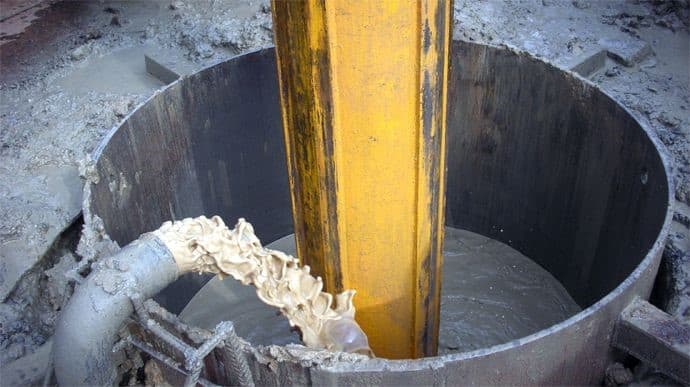Bentonite and polymer piling
Some soil conditions, particularly more sandy environments, require the use of a hole-stabilising lubricant. Both bentonite and polymer fluids have different properties, but their main role is to keep the borehole stable. CLL carries out this form of pile construction by design, alongside a geotechnical report as well as understanding of structural requirements.
The use of either of these binder/lubricants is a specialised technique that CLL has adapted to local conditions. Our team understand its application, its advantages and its limits.
“The use of fluids is to stabilise the hole, and keep it open while you continue drilling. Again, when and if you use either of these options depends on what you’re trying to achieve, what end result you want. Bentonite itself is a fine clay, and suspends the particles you’re cutting away in it. You then remove those solids and reuse the bentonites. It is particularly useful for stopping the ingress of water from outside the hole to inside it as it forms a filter cake on the side of the hole.”
“Because you’ve also got to set up a bentonite plant on the site, it takes quite a bit of room for it, for storage and for the treatment tanks. The other thing to remember, unlike polymer fluids, you can’t put bentonite into your stormwater runoff. Polymer fluids are often one off and single use. They will dilute. Whether you use it or bentonite comes down to cost, timing, space availability and desired outcome.
“They’re one of many options we have at CLL. We can advise and we can use them as required.”
— Juan Santacruz

